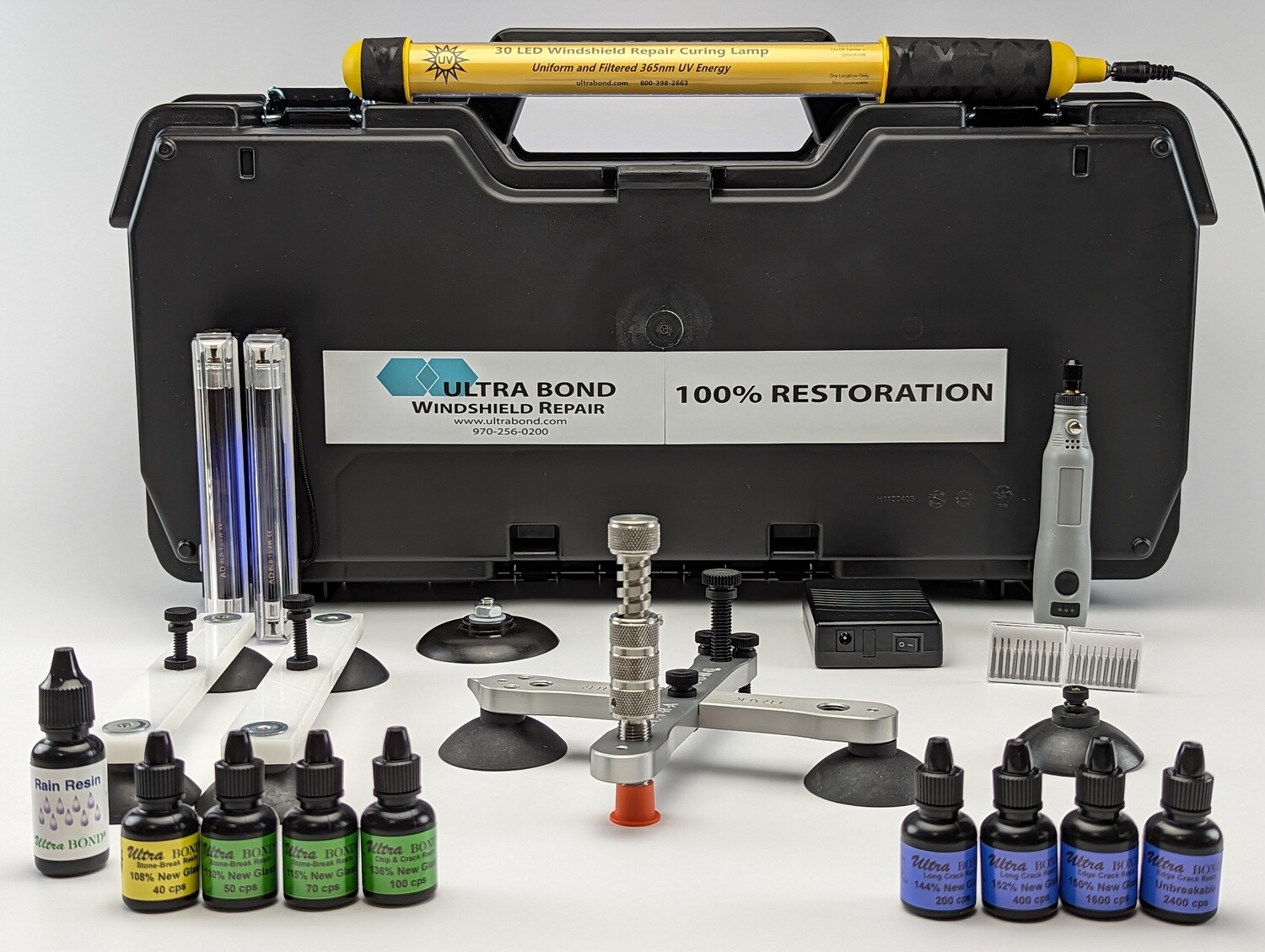For car owners who wish to prolong the life of their windshield without paying the high price of replacement, windshield crack repair is an essential service. It needs the appropriate equipment, methods, and knowledge to guarantee a good result, just like any other repair. Although professional and DIY enthusiasts can easily obtain windshield crack repair kits, improper use of these kits can lead to subpar repairs that may be useless and exacerbate the crack. In this blog, you will learn several typical errors to avoid while fixing windshield cracks and offer advice on getting the best results.
- Using the Wrong Type of Resin: Using the incorrect resin is one of the biggest mistakes while fixing windshield cracks. To guarantee the strength and safety of the windshield, the glue used in windshield crack repair kits is made to connect with the glass and fill in the crack or chip. The bond may be weaker, and the repair may not stop the fracture from spreading if the incorrect glue is applied.
For various kinds of damage, different resins are made. For instance, while certain resins are built to handle longer cracks, others are made especially for little pieces.
- Not Cleaning the Area Properly: When fixing windshield cracks, another common error is not fully cleaning the area before applying the resin. A poor repair might result from dirt, dust, and moisture interfering with the resin’s ability to connect with the glass effectively. Air bubbles may emerge if the crack is not cleaned before the repair solution is applied, which could weaken the patch. Clean the crack and its surroundings with an alcohol wipe or cleaning solution before starting the repair.
- Over-Injecting Resin: You can apply the glue straight into the fracture with the injectors included in certain repair kits. Although this method works well for filling the crack, too much resin injection can result in an untidy and inefficient fix. Excessive resin may leak out, producing a noticeable residue that may reduce the windshield’s clarity. Furthermore, too much glue can not cure correctly, weakening the repair.
Always use the amount of resin recommended by the manufacturer to prevent over-injection. Usually, a tiny quantity is enough to fill the chip or crack.
- Failing to Use Proper Curing Time: When fixing windshield cracks, curing time is crucial. After application, the resin must cure for a while to solidify the bond and guarantee that the crack is adequately sealed. An incomplete repair may result from hurrying this procedure and not giving it enough time to cure. The fissure may continue to propagate, and the resin may stay pliable.
The type of resin and the surrounding environment can affect the curing period. Temperature and humidity, for instance, can affect how quickly the resin cures if you work outside.
Conclusion
Time and money can be saved by fixing a cracked windshield, but it’s crucial to steer clear of typical blunders that could compromise the repair’s efficacy. You may make sure the repair is as successful as possible by using the appropriate resin, cleaning the area thoroughly, adhering to curing time frames, and accurately aligning the crack. Always remember that windshield crack repair kits are instruments to help preserve the integrity and safety of your car and that the best results will come from utilizing them properly.


